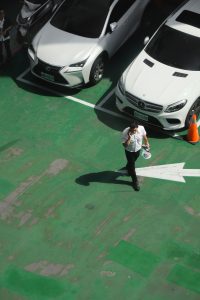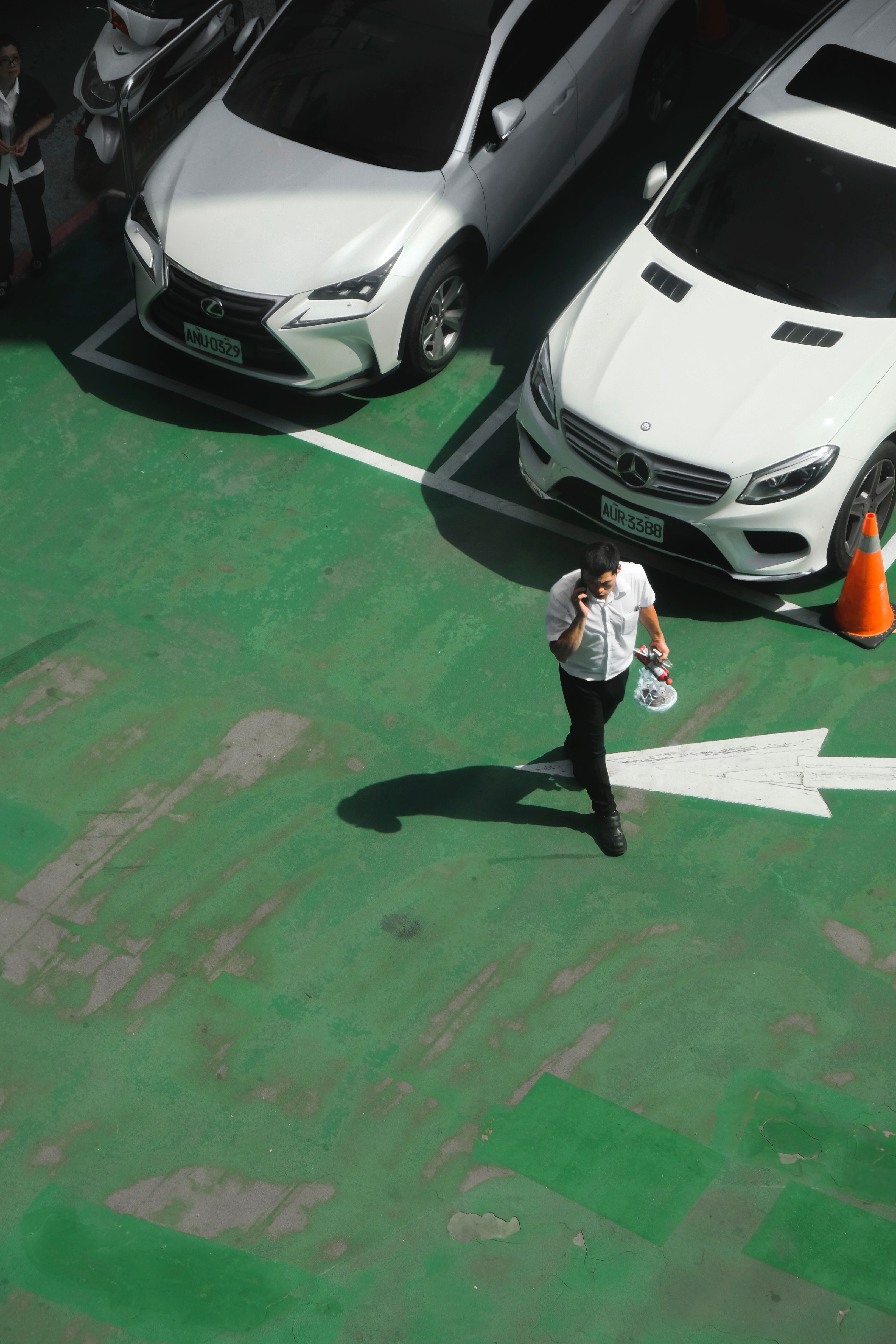 Parking a car in a safe and nicely-maneuvered style is one of the first lessons at a driving license course. This does not mean, however, that once we collect our driving license, we are able to easily park in the city streets or in huge parking lots.
Parking a car in a safe and nicely-maneuvered style is one of the first lessons at a driving license course. This does not mean, however, that once we collect our driving license, we are able to easily park in the city streets or in huge parking lots.
Everyone will experience parking difficulties now and then, no matter whether they are an experienced or a new driver. And real-life parking can turn out much more stressful than it used to be when your driving teacher was sitting next to you. It is because after completing a driving course, we tend not to brush up on our skills, and in result, we forget what we have learned. So… we start to panic. What sends cold shivers down a driver’s spine is the realization that there is actually another car parked just next to his car. Also, the fact that other drivers simply run out of their patience watching our maneuvering does not help much, either.
Most collisions in parking lots happen due to limited visibility, and when reversing in order to correct one’s parking position, as it is very easy to touch a car in an adjacent spot. Regardless of whether we park in legitimate parking places in the city streets, or in huge parking lots at shopping malls, we have got to remember that focusing merely on finding an available space is going to end in disaster. Rather than that, drivers must have their eyes in the back of their heads, as the saying goes. Unfortunately, quite often real life is not exactly like this, nor safety can be guaranteed simply by a low driving speed.
National Safety Research Council has run a study which shows that during parking maneuvers 66% of drivers are talking on their phones, 56% are writing text messages, and 50% are checking emails. A momentary lapse of attention can end up in quite a disaster. What can we do to minimize the likelihood of a damage? First of all: stay within designated lanes, don’t do shortcuts, and use the blinkers appropriately. Sudden braking, lagging too long before signaling turns, making sudden turns, or driving too fast into available parking spaces: this is what we do see happen in parking lots, and what often results in collisions. That is why it is so important to drive in parking lots at a reduced speed and to signal well in advance an intention to maneuver. Secondly, it is important to follow the signs, not to block pedestrian walkways, and not to park in spots designed for people with disabilities. Thirdly, drivers ought to be able to predict what other drivers may do and to pay attention to other vehicles and pedestrians. Lastly, drivers should not impede parking for others by, for example, parking on the dividing lines between two parking spots. Such behaviors would be unfair towards other drivers, and they can lead to problems with driving out.
An innovative solution which can help find parking spaces and spare problems such as unnecessary stress or a waste of time, are special mobile apps. One of them is winkPark, a free and easy to use app which informs users about available parking spaces in the locations of interest, and on top of that it enables making new friends, and offers additional functions to improve mobility in a city.
